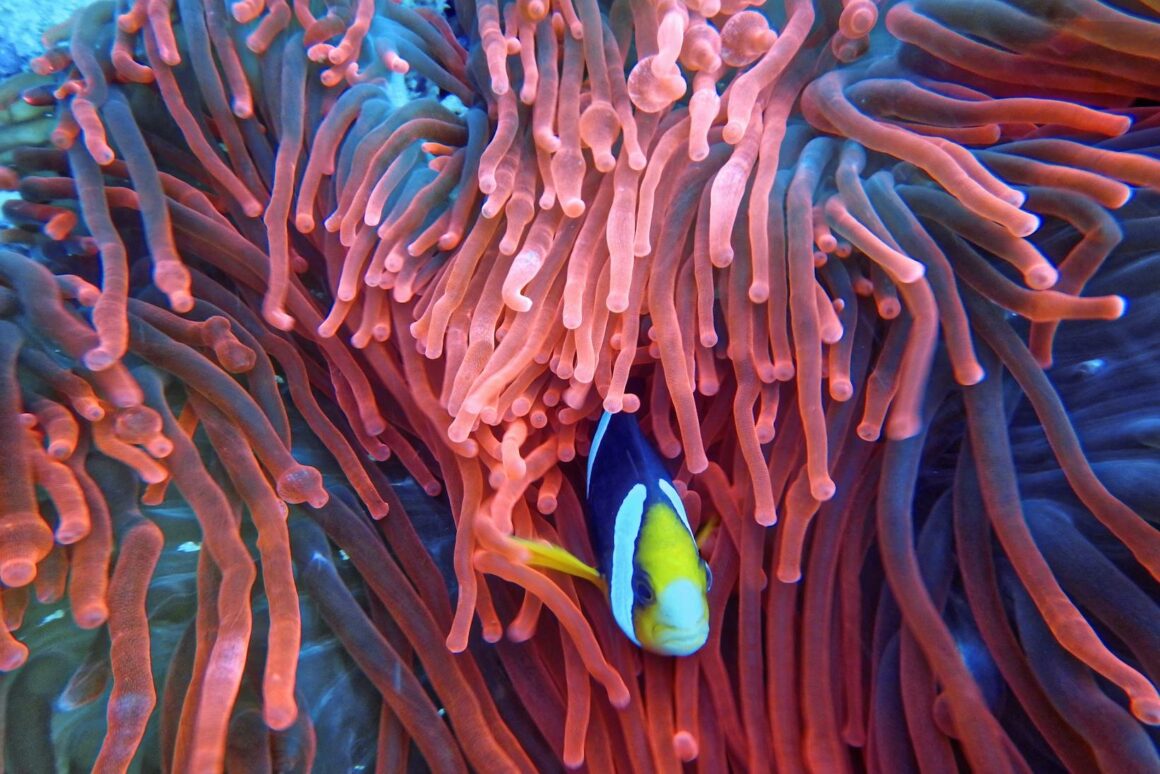Diving into the world of science, one often stumbles upon the term ‘stimulus.’ It’s a concept that plays a pivotal role in understanding various natural phenomena. But what exactly does it mean? How does it influence the world around us and our daily lives?
In the realm of science, a stimulus is more than just a prod to action. It’s the key that unlocks a myriad of reactions and responses in living organisms and even in non-living systems. From the gentle touch of a breeze that makes leaves flutter, to the sound that makes your heart race, stimuli are everywhere.
Stimulus Science Definition
In the realm of science, stimulus denotes any change in an organism’s environment provoking a reaction. Examples include light triggering plants’ photosynthesis, or sudden noise prompting individuals to jump. Essentially, it’s an event or situation that instigates a physiological response or initiates certain behaviours.
The Basics of Stimulus in Scientific Research
Notably, a stimulus isn’t exclusively external; it can originate internally as well. A prime example here: hunger, an internal stimulus prompting animals to seek food. Further, stimuli can be physical, like heat or light, or they can be chemical, such as certain substances interacting with cells.
How Stimulus Influences Behavioral Responses
 Bearing a pivotal place in the study of psychology and biology, the relationship between stimulus and response is key to understanding behavior. Take classical conditioning as an instance: an animal learns to link a neutral stimulus (such as a bell sound) with a significant one (like food), leading to a conditioned response (salivating) when the neutral stimulus is presented.
Bearing a pivotal place in the study of psychology and biology, the relationship between stimulus and response is key to understanding behavior. Take classical conditioning as an instance: an animal learns to link a neutral stimulus (such as a bell sound) with a significant one (like food), leading to a conditioned response (salivating) when the neutral stimulus is presented.
In experiments by eminent Russian physiologist Ivan Pavlov, these principles were clearly illustratedd – dogs learned to associate the sound of a bell (a previously neutral stimulus) with the presence of food, resulting in salivation, even in the absence of food.
Moreover, in the field of neurobiology, stimuli spark electrical signals in nerve cells, or neurons, instigating a cascade of processes that lead to a response. Considering the complexity and strategic distribution of neurons, the possibilities for responses to stimuli are virtually limitless, manifesting as simple movements, complex behaviours, or even memories. The world of stimulus science, therefore, remains an intriguing area of ongoing research.
Types of Stimuli in Scientific Studies
Scientific studies use various types of stimuli to provoke physiological or behavioral responses. Two common categories of stimuli, based on their origins, are natural and artificial. Additionally, stimuli can also be categorized based on whether they originate internally or externally.
Natural vs. Artificial Stimuli
 Natural stimuli originate from an organism’s environment and tend to be more unpredictable due to their organic nature. For instance, sunlight triggering photosynthesis in plants serves as a clear example of natural stimulus. Conversely, artificial stimuli are human-made or manipulated conditions used primarily in experimental setups. An instance is the light controlled in a growth chamber, employed to analyze plant growth under varying light conditions. Recognizing the distinction between natural and artificial stimuli is crucial in interpreting experimental results and their applicability to natural settings.
Natural stimuli originate from an organism’s environment and tend to be more unpredictable due to their organic nature. For instance, sunlight triggering photosynthesis in plants serves as a clear example of natural stimulus. Conversely, artificial stimuli are human-made or manipulated conditions used primarily in experimental setups. An instance is the light controlled in a growth chamber, employed to analyze plant growth under varying light conditions. Recognizing the distinction between natural and artificial stimuli is crucial in interpreting experimental results and their applicability to natural settings.
Internal vs. External Stimuli
I nternal stimuli emerge from within an organism and usually involve conditions related to its physiological or psychological state. For instance, hunger stimulating the urge to eat exemplifies an internal stimulus. In contrast, external stimuli are conditions from the organism’s environment, impacting its senses or causing a reaction.
nternal stimuli emerge from within an organism and usually involve conditions related to its physiological or psychological state. For instance, hunger stimulating the urge to eat exemplifies an internal stimulus. In contrast, external stimuli are conditions from the organism’s environment, impacting its senses or causing a reaction.
Noise causing reactions in individuals, for example, counts as an external stimulus. The differentiation between internal and external stimuli helps scientists understand how organisms interact with their internal states and external environments, vital to fields across biology, psychology, neuroscience, and beyond.
Conclusion
Stimulus science is a fascinating field, with its roots firmly planted in biology, psychology, and neuroscience. It’s the study of how various stimuli, both external and internal, natural and artificial, provoke responses in living organisms and non-living systems.

